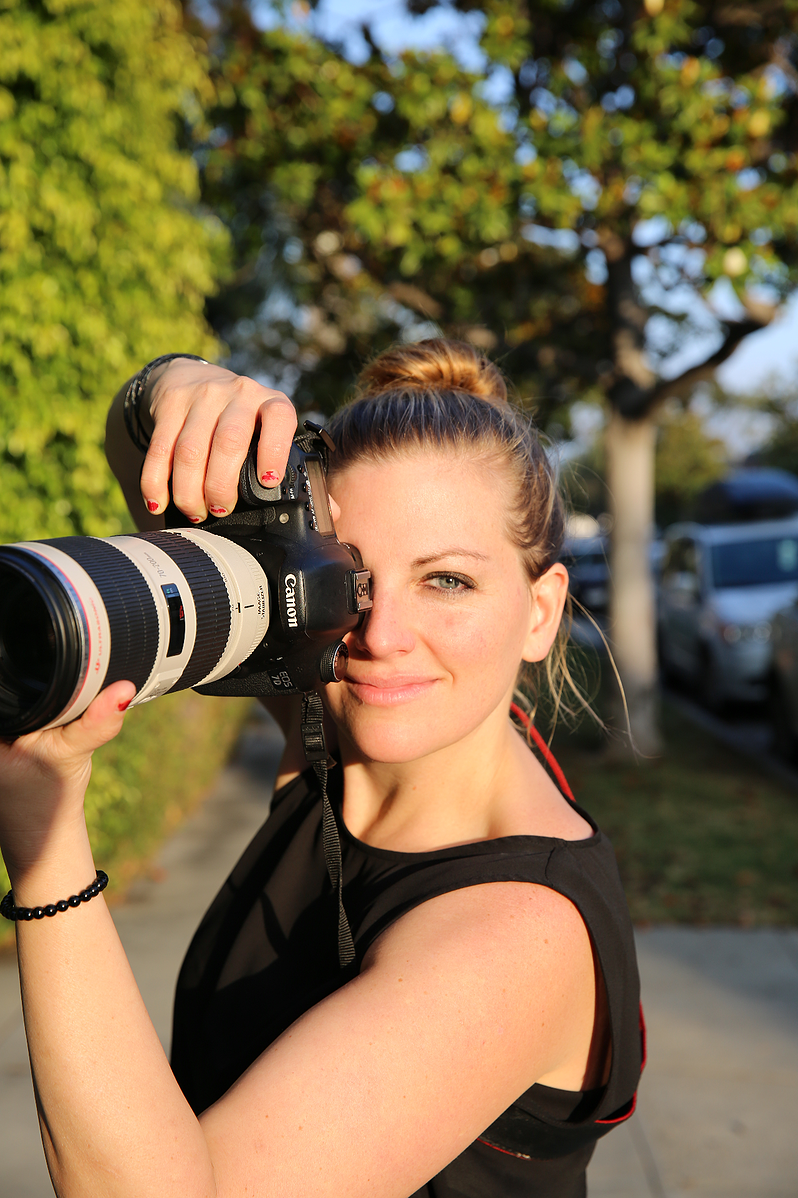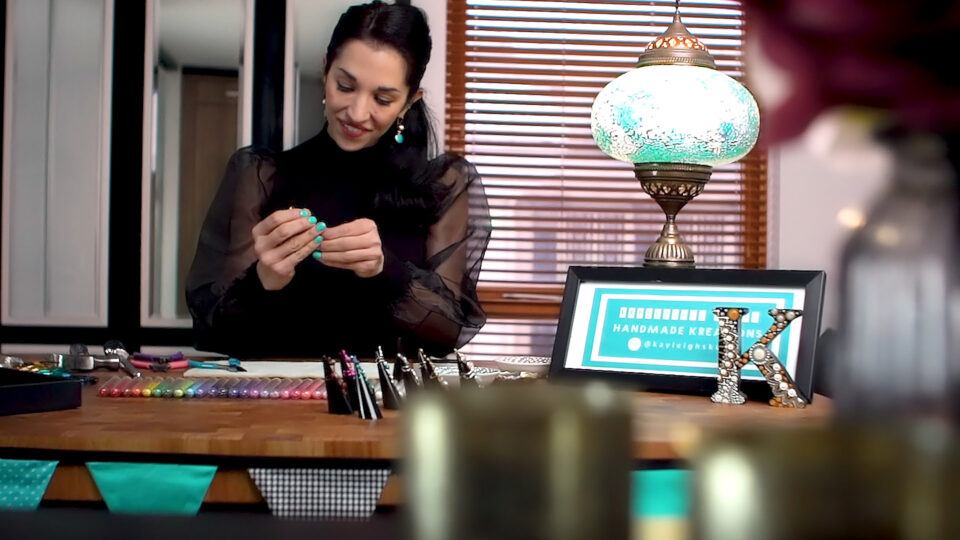


The respondents included surgeons (40%), engineers (15%), affiliates of industry (27.5%), professional societies (7.5%), regulatory agencies (7.5%), and a lawyer (2.5%). We coded survey questions into 11 themes and descriptively analyzed the responses. Consensus was agreement among 80% or more respondents. The survey covered overall utility, anticipated future (10-year time horizon), and applications for surgical training, assessment, and feedback. The accelerated Delphi process was completed within 10 days. The study included a systematic literature search, a virtual conference, and a 3-round Delphi survey of 40 representative multidisciplinary stakeholders with domain expertise selected through purposeful sampling. Our objective was to generate consensus guidance on specific needs for AI methods and AI-enabled metrics for surgical education. Our findings of internal validity of a network using attention mechanisms to assess skill directly using RGB videos should be evaluated for external validity in other data sets.Īrtificial intelligence (AI) methods and AI-enabled metrics hold tremendous potential to advance surgical education. Conclusion: Deep learning methods are necessary for video-based assessment of surgical skill in the operating room. The neural network approach using attention mechanisms also showed high sensitivity and specificity. novice), deep neural network based methods exhibit higher AUC than the classical spatiotemporal interest point based methods.

Results: For the task of binary skill classification (expert vs. We report the area under the receiver operating characteristic curve, sensitivity, specificity, and predictive values with each method through 5-fold cross-validation. In the second method, we propose a novel architecture for surgical skill assessment that includes a frame-wise encoder (2D convolutional neural network) followed by a temporal model (recurrent neural network), both of which are augmented by visual attention mechanisms. In the first method, we predict instrument tips as keypoints, and learn surgical skill using temporal convolutional neural networks. In addition, we present and validate two deep learning methods that directly assess skill using RGB videos. Methods: Using a data set of 99 videos of capsulorhexis, a critical step in cataract surgery, we evaluate feature based methods previously developed for surgical skill assessment mostly under benchtop settings. Purpose: The objective of this investigation is to provide a comprehensive analysis of state-of-the-art methods for video-based assessment of surgical skill in the operating room.


 0 kommentar(er)
0 kommentar(er)
